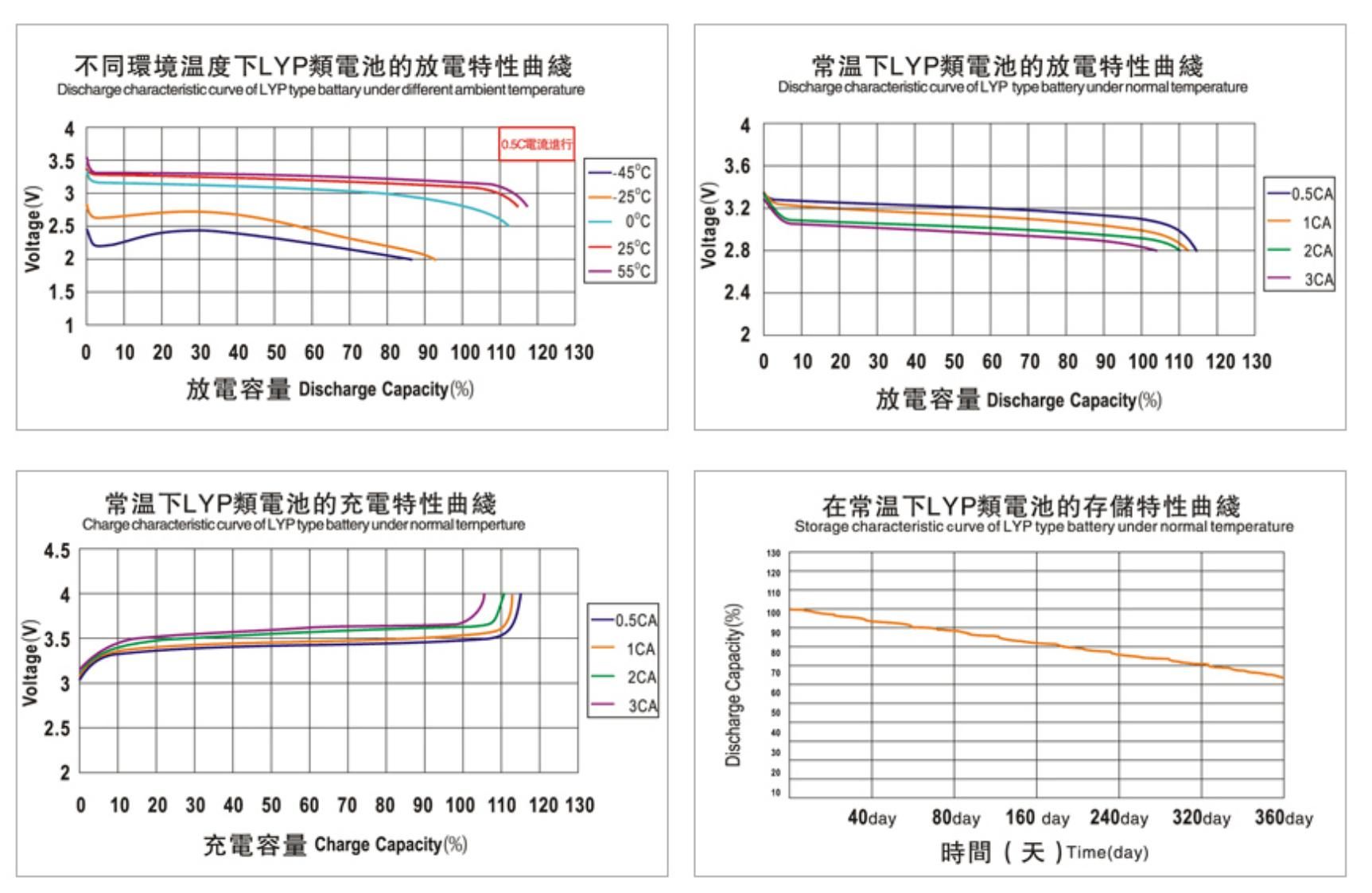Battery Practicability
Time is money. The best battery is of little use if you have to constantly take care of it, or - worse - hire a caretaker.

A battery simply has to work. Ideally, it should be maintenance-free and even better if the battery status can be checked on remotely or if the battery itself reports problems - should any ever occur. Exactly this ideal situation is achieved by a lithium iron phosphate (LiFePO or LFP for short) battery with BMS (battery management system).
All the disadvantages associated with old battery technologies (such as lead-acid, nickel-iron, nickel-cadmium, etc.) are actually irrelevant for modern LiFePO batteries. However, it might make sense to make a comparison here to see how big the advantage over these old technologies really is:
| Properties | Lead-acid | LiFePO4 | Comment |
|---|---|---|---|
| Energy density MJ/kg | 0.11 | 0.32-0.64 | Energy/weight |
| energy density MJ/l | 0.25 | 0.35-0.9 | energy/volume |
| cycle stability | 1000-2000 | 2000-5000 | SoC 100<->20 |
| typ. Lifetime | up to 10y | 20-25y | 200 cycles/year |
| usable capacity | 50-60% | 80% | acc. to design. |
| efficiency | 70-85% | 90-98% | of charge current |
| load capacity | 0.1C | to 10C | see below C-coeff. |
| no H₂ outgassing | ❌ | ✔️ | oxyhydrogen hazard! |
| maintenance-free | ❌ | ✔️ | |
| without fire hazard | ✔️ | ✔️ | |
| temp. range for discharge | 0-55°C | -45-55°C | recommended 20-40°C |
C-coefficient
The C-coefficient describes the charge or discharge current (generally "current carrying capacity") in relation to the maximum capacity of a battery. It is therefore easy to determine what current load a cell can withstand. Assuming a cell has 400Ah, a C coefficient of 3 ("3C") means that this cell can deliver or absorb up to 1200A. A C coefficient of 1 would be 400A and a C coefficient of 0.5 would be 200A.

The LiFeYPO₄ cells used by PetaJoule are specified up to 10C, but are dimensioned by us so that a load of max 0.5 to 1C occurs during operation. To get an idea, you can browse through the original manual of the cells from the manufacturer Winston here:

